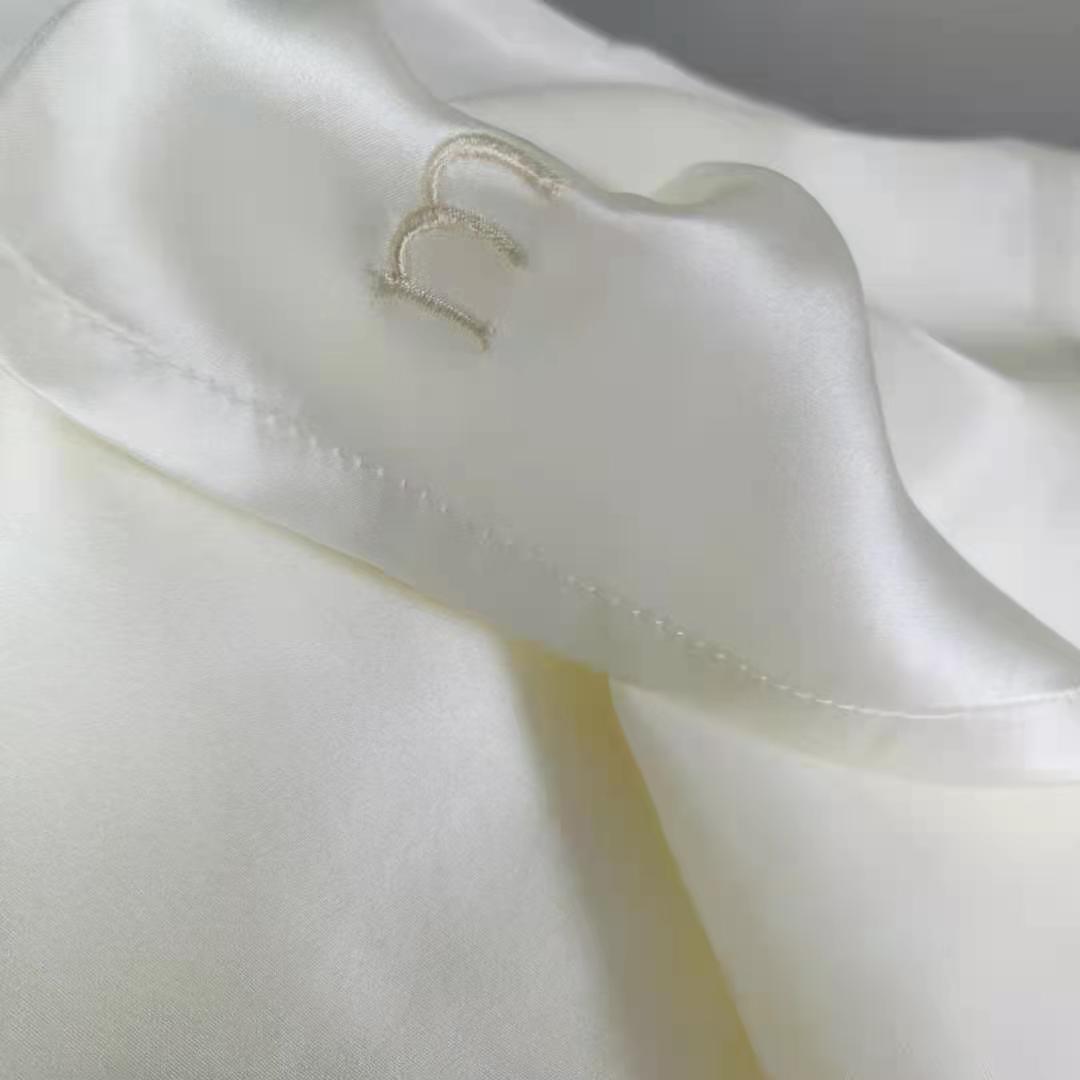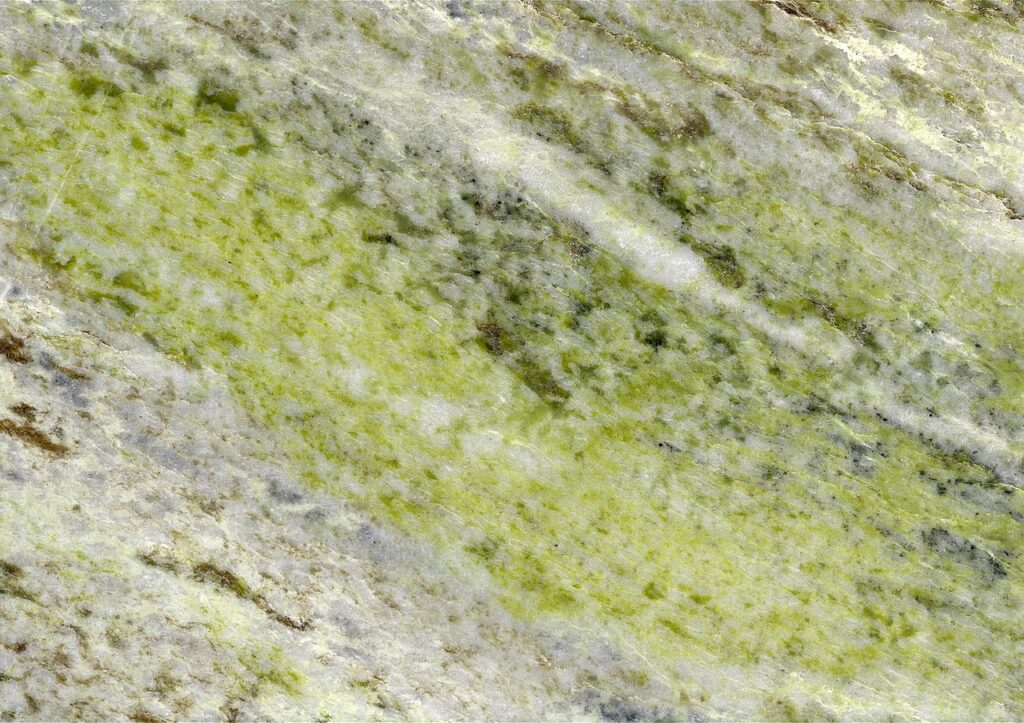Blog
Connemara Marble – An Irish Heritage
Connemara Marble is a variety of marble found in County Galway, Ireland, in the Connemara region. It is a green-gray marble with white swirls and veins that is noted for its remarkable hue and texture. For ages, Connemara Marble has been used in Ireland for a range of aesthetic and useful uses, such as jewelry, decorative objects, and even grave markers. It is considered to be a symbol of Irish craftsmanship and heritage, and it is in high demand among collectors and people interested in Irish culture. Connemara Marble has been increasingly popular as a material for use in home design in recent years, and it is widely employed in the manufacture of countertops, tiles, and other ornamental things.
The history of the Connemara marble
Connemara Marble has a long history, starting with the Celts who employed the stone for decoration in ancient times. Over 400 million years ago, as the Planet was forming, the characteristic green-gray marble with white veins was created. It was created by the metamorphosis of sedimentary limestone, and the calcite crystals that are present are what make the veins to be white.
Connemara Marble is now considered an important element of Irish history and culture, and it is highly sought for by collectors and anyone interested in Irish culture. It is also a famous tourist attraction, with many tourists to Ireland visiting the quarries where the stone is mined and seeing the beautiful products made from it.
The specificity of Connemara Marble
Connemara Marble is also noted for its toughness and adaptability. It is a strong and long-lasting stone that resists stains and scratches, making it a popular material for a range of applications. It’s also a very adaptable material that can be carved and fashioned into a variety of products ranging from jewelry and decorative items to countertops and tiles.
Connemara Marble is also unique in that it can only be found in one place on the planet: the Connemara region of County Galway, Ireland. As a consequence, it is a highly sought-after material that is regarded as a sign of Irish craftsmanship and heritage.








